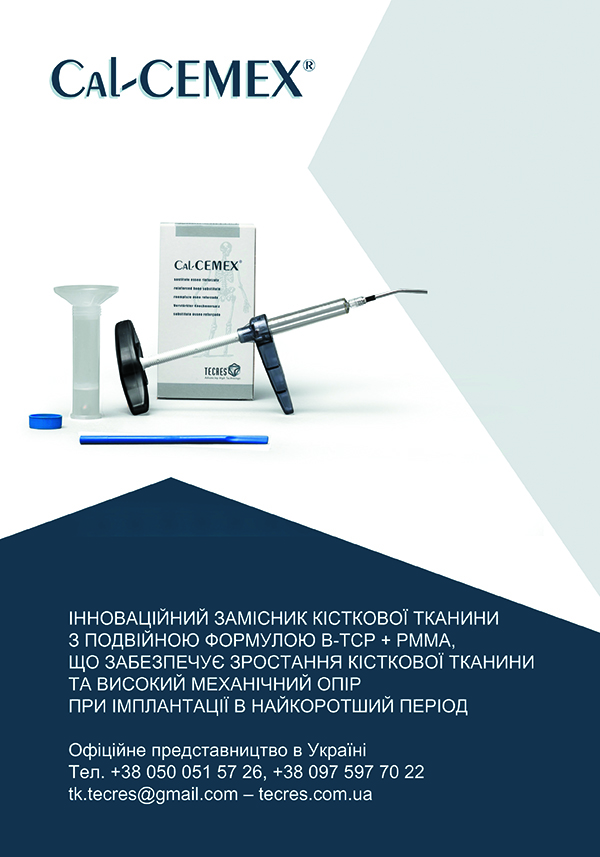Key words: total hip arthroplasty, total knee arthroplasty, antibiotic-loaded bone cement, periprosthetic joint infection
Introduction
Total hip and total knee arthroplasty (THA, TKA) are clinically efficacious and cost-effective interventions with numerous investigators reporting excellent long-term results in terms of reducing pain and improving function and quality of life in patients with debilitating hip and knee disease (Bozic et al., 2009-2010).
Along with a steady rise in the volume of joint prostheses implanted every year worldwide, there has been a rise in revision THA and TKA (OECD, 2014). Among the main reason for THA revision, infection accounts for 12 - 14.8% (NJR 2013; Bozic et al., 2009), while for the TKA the percentage is much higher, 22 - 25.2% (NJR 2013; Bozic et al., 2010). Periprosthetic joint infection (PJI) is therefore among the main reason for revision.




